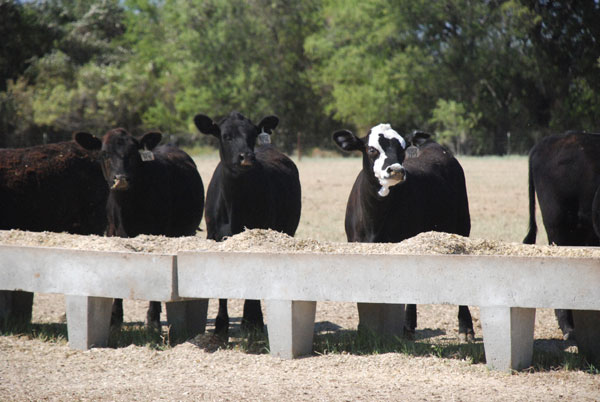What has the VFD brought to the table?
The VFD has served as a catalyst to promote the cooperation of veterinarians and producers in addressing antibiotic stewardship. It is apparent in my experiences that the new VFD labels have resulted in countless veterinary-client conversations which would not otherwise have occurred.
March 1, 2018

Over a year after the implementation of the new, medically important in-feed antibiotic labels that require a veterinary feed directive (VFD), we can begin looking back on our experiences. And it is time to take stock, as inspections are beginning to pick up around the country.
Reported 2016 antibiotic sales data for medically important antibiotics with a food-animal indication show 70% of the total sales weight consisted of the tetracyclines. Of all medically important antibiotics, 72% of all sales were for in-feed labels, and 23% were for in-water labels. Only about 4% had a label for injection of the antibiotic.
Over-the-counter (OTC) labels comprised 96% of the sales in 2016. In comparison with 2015 sales, 2016 sales were down by 10% overall for medically important antibiotics, with tetracyclines down 15%. We won’t know about post-VFD sales until 2017 sales data are released later this year.
The next regulatory steps, clearly articulated by the Food and Drug Administration Center for Veterinary Medicine, are to evaluate medically important in-feed antibiotic labels for food animals which do not have a defined duration of administration. Also, we can expect that OTC injectable antibiotics will be switched to prescription.
Why are these regulatory changes happening? I am often asked about the science that proves there is a relationship between antibiotic use in food animals and antibiotic resistance in humans. If you are looking for absolute genetic identity of a bacterial isolate on a cattle production site and the exact same isolate causing disease in humans via the food chain, the evidence is very sparse. If categorizing isolates obtained from food of animal origin as carrying resistance genes, the evidence is there that this can happen.
There are a few Salmonella serotypes host-adapted to cattle that have troubling resistance profiles in some of the isolates seen in diagnostic laboratories. One of these, Salmonella Dublin, is rising in occurrence in human enteric disease, according to Centers for Disease Control and Prevention surveillance reports.
Has it been proven to be from cattle in those particular cases? No. Is this a reasonable concern to investigate? Absolutely.
So, while direct relationships or smoking guns are rare, there is evidence which convinces this veterinarian that selection for resistant bacteria is a very real possibility, and that we need to also think about the future of being able to treat the animals under our care. I hope that our future is based on antibiotic stewardship where we work hard to prevent the need for antibiotics, and then use them based on proven efficacy, as opposed mainly to either convention or the precautionary principle.
We must be aware that management use of antibiotics for prevention and control of diseases is a lightning rod for regulatory and legislative attention. Also, some in the food industries are maneuvering to figure out a way to gain market share by making some kind of claim related to antibiotic use, and more than a few hoping to not absorb any of the cost of system alterations.
Swirling within the maelstrom of agendas, market competitions and misinformation is a genuine concern that we must preserve the use of antibiotics for future generations to assure the health of animals and humans. The VFD has served as a catalyst to promote the cooperation of veterinarians and producers in addressing antibiotic stewardship. That need is legitimate.
It is apparent in my experiences that the new VFD labels have resulted in countless veterinary-client conversations which would not otherwise have occurred.
If you are being told that antibiotic resistance is a contrived issue, that is wrong. If we focus on the real need to preserve the use of antibiotics for the future, our obligations and opportunities are more clear.
About the Author(s)
You May Also Like




.png?width=300&auto=webp&quality=80&disable=upscale)
